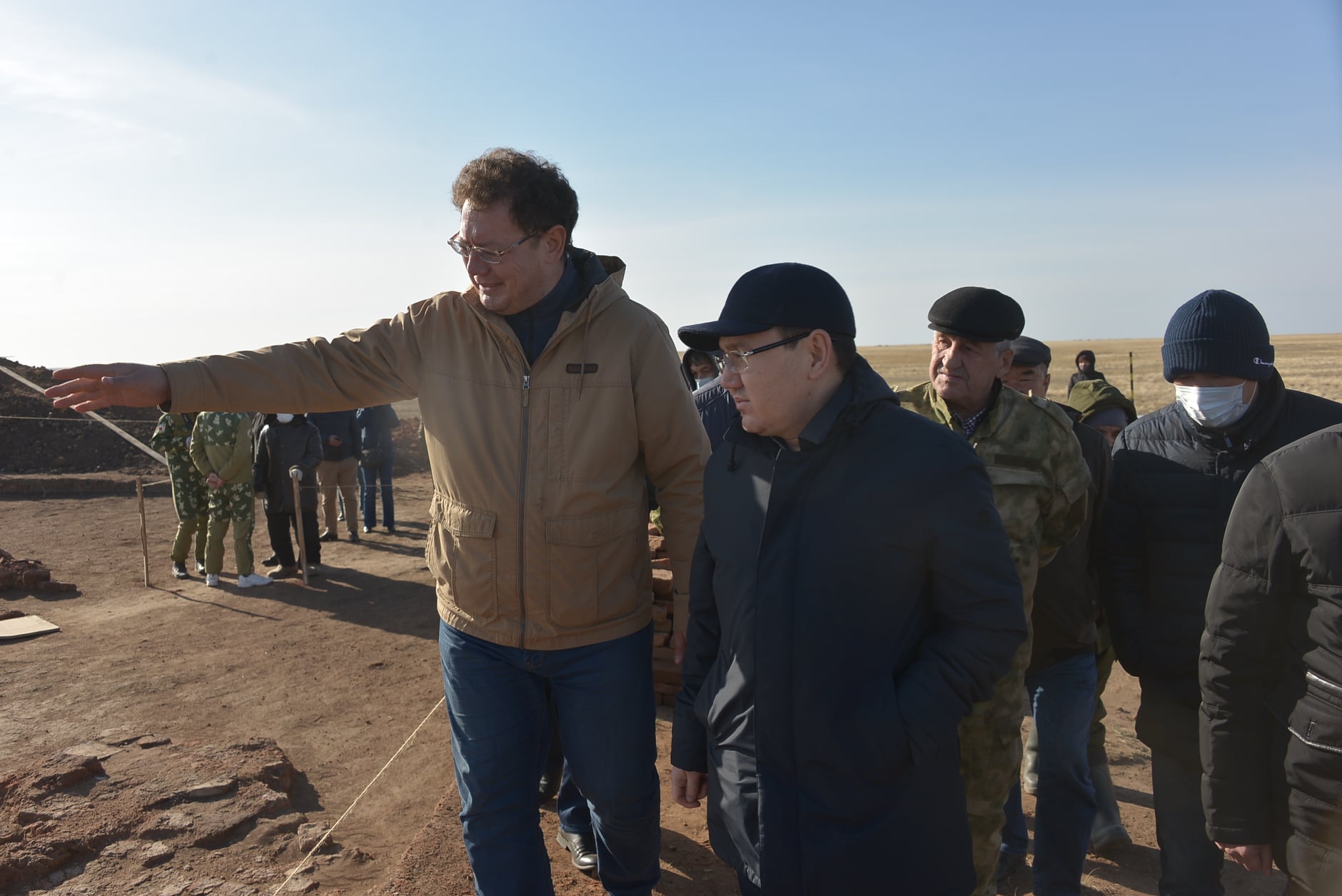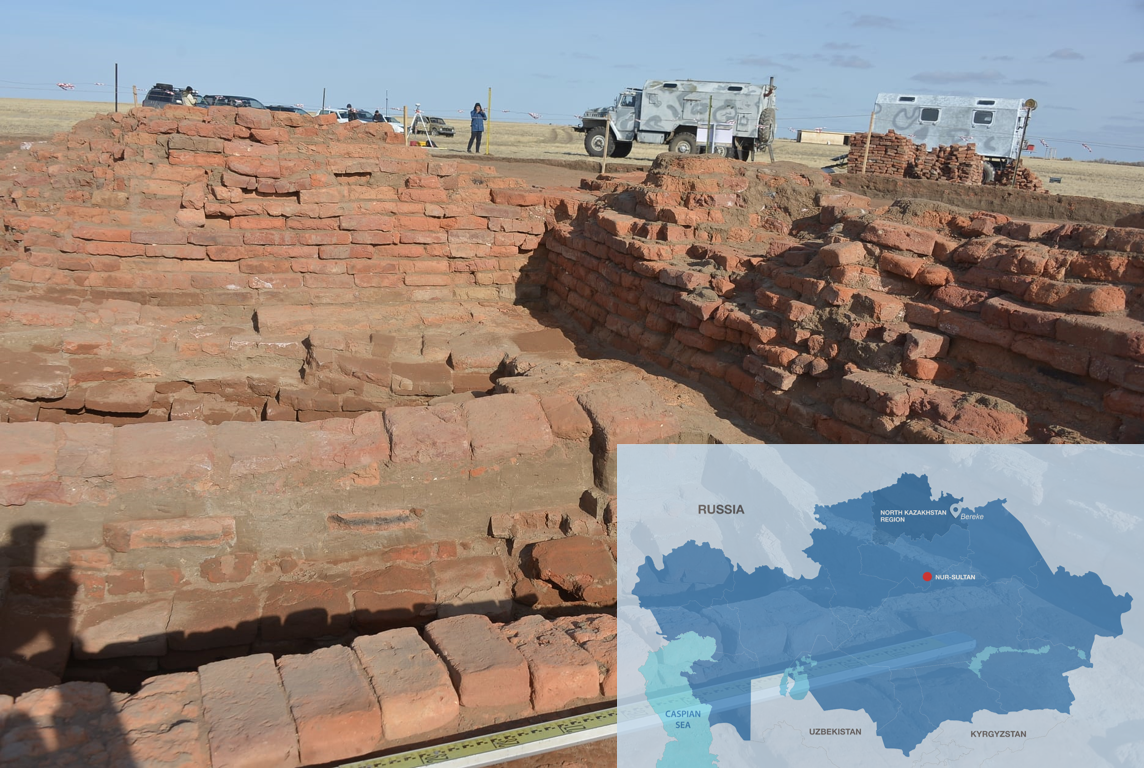NUR-SULTAN – Kazakh scientists have recently found archaeological artifacts that can complete or rewrite the established history on the Kazakh Khanate. The excavation complex in the North Kazakhstan Region just 300 kilometers away from Nur-Sultan can become “a new political and cultural center,” the region’s Deputy Akim (Governor) Gani Nygymetov said in a facebook post.
The main findings are the coins that date back to the year 1337. The date was written in Arabic script using the Islamic lunar calendar. Such coins were in circulation in the Golden Horde during the reign of Uzbek Khan. They also found tools for irrigated agriculture, and a round mirror with fragments of silk fabric.
“For Northern Kazakhstan, it is, indeed, the first of its kind – an archeological object that reveals hidden history on a very large scale, especially that of the 14th and 15th centuries. The thing is, this territory was not mentioned in written sources,” Timur Smagulov, the head of the Margulan Center of Pavlodar Pedagogical University, told Qyzyljar local television channel.

The coins from 1337 found in Kyzyl Oba burial ground in the North Kazakhstan Region. The date was written in Arabic script using the Islamic lunar calendar. Such coins were in circulation in the Golden Horde during the reign of Uzbek Khan.
The scientists started excavations in the Kyzyl Oba mausoleum in 2019. They backed their initial hypothesis that the mausoleum belongs to the Golden Horde with the shape and style of brickwork, gold jewelry, among other items. The coins provided strong evidence that supports the theory that the Kyzyl Oba mausoleum belonged to the Golden Horde.
“According to our scientists, on the territory of the Kyzyl Oba burial ground we are dealing with a previously unknown large urban complex of the Orda format near the Selety River, possibly [belonging to] one of the sons of Uzbek Khan,” Nygymetov said.

L-R: Timur Smagulov, the head of the Margulan Center of Pavlodar Pedagogical University and North Kazakhstan Region’s Deputy Akim Gani Nygymetov. Photo credit: Gani Nygymetov facebook page.
The archaeologists also plan to create a complete model of the settlement via an artificial earth satellite from the preserved walls of the burial ground.
According to archaeologists, there are several other small burial grounds nearby. The scientists will continue the excavation works around the historical monuments into 2021.
“Already today, there are numerous requests from foreign and Kazakh tourists to visit this historical place,” said the deputy akim. “The tourism potential of Kyzyl Oba looks very promising.”

Photo credit: Gani Nygymetov facebook page.



